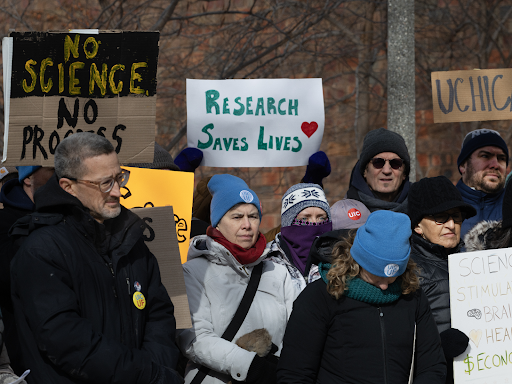The Trump Administration and the Department of Government Efficiency have received varying levels of satisfaction and backlash, with some even wondering if their actions are constitutional, after significantly reducing government programs, conducting mass layoffs, and halting funding they consider wasteful of taxpayer dollars. In early February, the administration turned towards the National Institutes of Health (NIH) and froze funding for scientific research and grants, pausing 1.5 billion dollars worth of potential grants, while also lowering the percentage of indirect costs associated with research. Such substantial cuts to funding will slow, or even halt, scientific research towards diseases such as heart disease, Alzheimer’s, and cancer, while also putting patients and researchers’ jobs at risk.
When scientists receive a grant, or funding for research, the total dollar amount is split into two categories: direct costs and indirect costs. Direct costs cover the actual expenses needed for research, such as scientist’s salaries, materials, and other essential resources. Indirect costs on the other hand include money paid to the university for maintenance of the lab and equipment, such as electricity, janitorial services, and graduate student wages. For example, if there was a grant of 100,000 dollars for research on sickle cell disease, 50% indirect percentage would mean the NIH or the funder would pay an extra 50,000 dollars as indirect costs. These indirect cost percentages vary by university, but some can reach as high as 50 to 60%.
On February 7th, the NIH announced that indirect costs are now capped at 15%, which could force universities or companies to pay out of pocket and absorb the costs themselves or abandon the research altogether. Even if the university or company decides to absorb the costs, the brunt of the impact will hit the workers, with a heavier workload for the same wages to earn back the money lost. Moreover, “Trump administration has blocked the NIH from posting any new notices in the Federal Register,”(NPR) preventing the NIH from reviewing any new potential grant applicants. This freeze delays billions of dollars of funding from reaching biomedical researchers, plunging the scientific and medical world into a period of uncertainty.
In early March 2025, however, a federal judge temporarily blocked the Trump administration’s policy to cap the indirect cost at 15%. The decision came after 22 states and organizations representing hospitals, universities, and research institutions each filed a separate lawsuit against the 15% cap, saying the cuts would cause “irreparable harm”. Currently, the state of scientific and medical research funding is uncertain, with ongoing lawsuits entering the courts and major pushback of the Trump administration’s funding freeze, leaving Americans the only option of waiting to see how this plays out.



